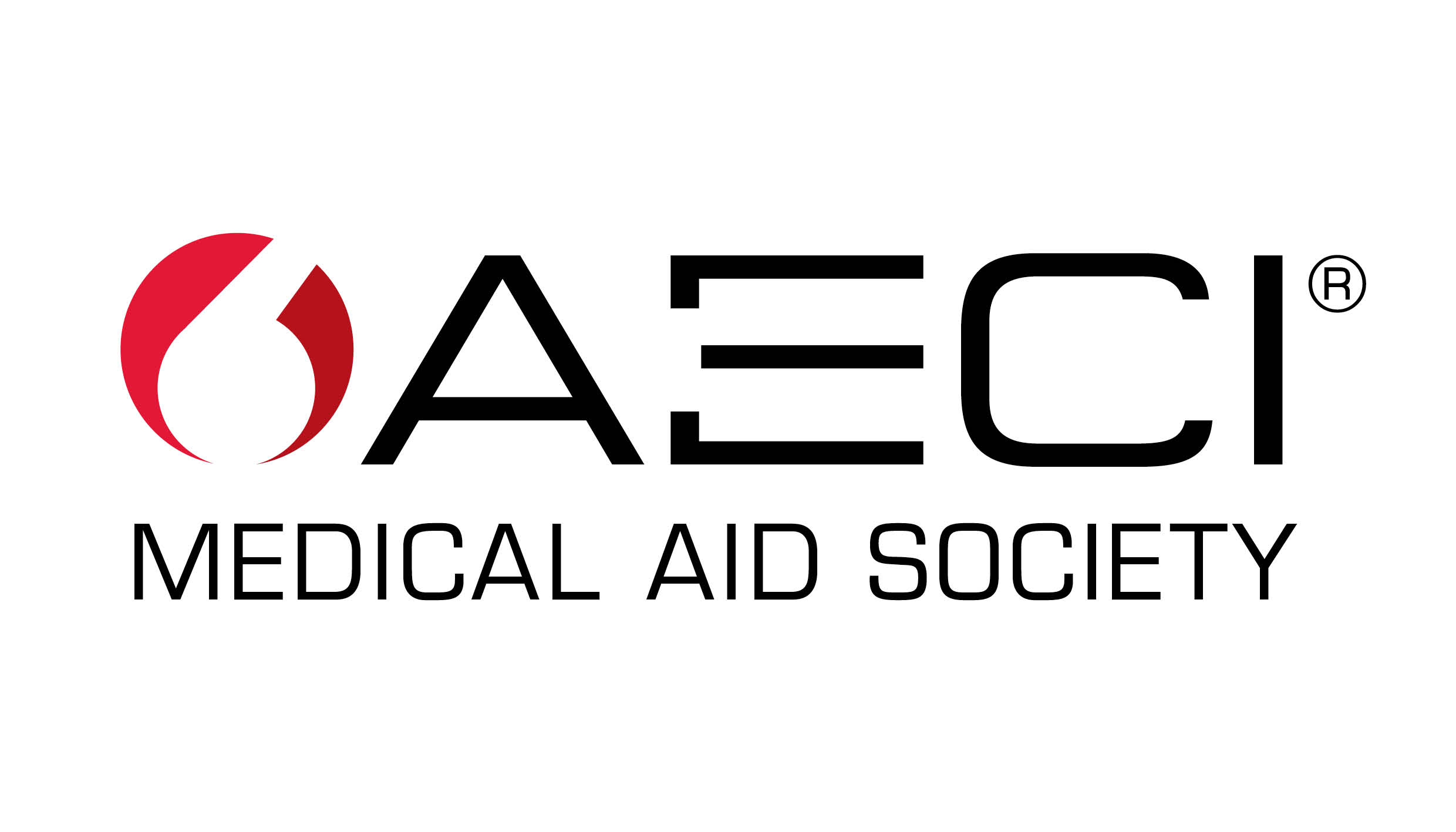Hypertension: the silent killer
In May, we commemorate World Hypertension Day to shed light on a condition affecting around 45% of South African men and 48% of women over the age of 15. Also known as high blood pressure, hypertension is the second leading risk factor for mortality (death) in the country.
It’s called the silent killer because it can be asymptomatic (not show any noticeable symptoms). As a result, around 45% of people with hypertension are unaware that they have the condition.
Undiagnosed hypertension can raise the risk for stroke, heart disease, heart failure, kidney disease, kidney failure and vision loss.
It’s called the silent killer because it can be asymptomatic (not show any noticeable symptoms). As a result, around 45% of people with hypertension are unaware that they have the condition.
Undiagnosed hypertension can raise the risk for stroke, heart disease, heart failure, kidney disease, kidney failure and vision loss.
Understanding the risk
The following factors have been associated with an increased risk for hypertension:
• Age
• Race (black people are at higher risk)
• Family history of hypertension
• Obesity or being overweight
• Diabetes
• High intake of alcohol
• Tobacco use
• High-salt diet
• Lack of exercise
• Chronic stress
• Pregnancy
• Urbanisation: This causes an increase in the consumption of alcohol and fast food, as well as sedentary (inactive) behaviour.
The following factors have been associated with an increased risk for hypertension:
• Age
• Race (black people are at higher risk)
• Family history of hypertension
• Obesity or being overweight
• Diabetes
• High intake of alcohol
• Tobacco use
• High-salt diet
• Lack of exercise
• Chronic stress
• Pregnancy
• Urbanisation: This causes an increase in the consumption of alcohol and fast food, as well as sedentary (inactive) behaviour.
Diagnosis
While hypertension often has no warning signs, Dr Theana Boshoff, a medical practitioner from Integrated Virtual Care (IVC), recommends that you always get your blood pressure checked if you continuously experience any of the following symptoms:
• Severe headaches
• Shortness of breath
• Blurred vision
• Nosebleeds
• Vomiting
• Buzzing in the ears
• Irregular heart rhythm
• Nausea
• Dizziness
While hypertension often has no warning signs, Dr Theana Boshoff, a medical practitioner from Integrated Virtual Care (IVC), recommends that you always get your blood pressure checked if you continuously experience any of the following symptoms:
• Severe headaches
• Shortness of breath
• Blurred vision
• Nosebleeds
• Vomiting
• Buzzing in the ears
• Irregular heart rhythm
• Nausea
• Dizziness
Even if you don’t experience symptoms or aren’t considered at risk, it’s still advisable to have your blood pressure checked at least once a year at your local pharmacy or doctor's office. A healthy blood pressure reading is under 120/80 mmHg.
Managing hypertension
Managing hypertension can include:
• Taking your medication as prescribed
• Eating a balanced diet rich in fruits, vegetables and whole grains, and low in salt
• Managing stress
• Exercising regularly (in consultation with your doctor)
With early diagnosis and proper management, you can live healthily with hypertension.
References:
References:
- https://www.spotlightnsp.co.za-2021-12-06-in-depth-hypertension-south-africas-silent-killer
- https://bmcpublichealth.biomedcentral.com-articles-10.1186-s12889-023-15247-0
- http://www.samj.org.za-index.php-samj-article-view/13519
- https://bmccardiovascdisord.biomedcentral.com-articles-10.1186-s12872-023-03300-0
- https://bmccardiovascdisord.biomedcentral.com-articles-10.1186-s12872-022-02733-3
- https://www.mayoclinic.org-diseases-conditions-high-blood-pressure-symptoms-causes-syc-20373410
- https://www.who.int-news-room-fact-sheets-detail-hypertension
- https://www.hypertension.org.za-pages-education
- https://heartfoundation.co.za-blood-pressure
- https://www.thehealthsite.com-diseases-conditions-hypertension-and-urbanization-expert-explains-the-connection-978820-amp
